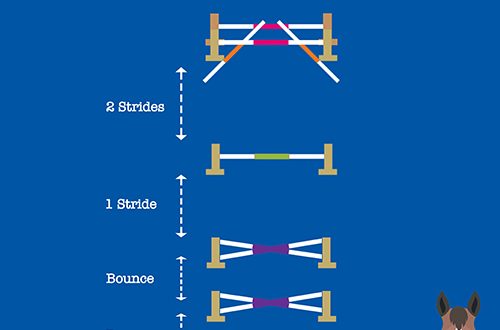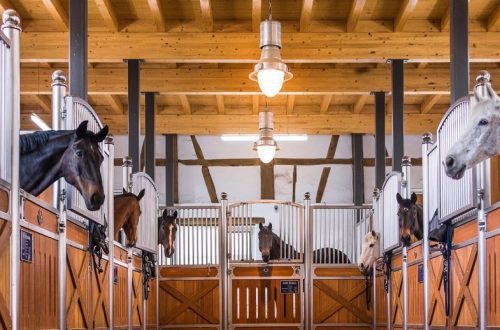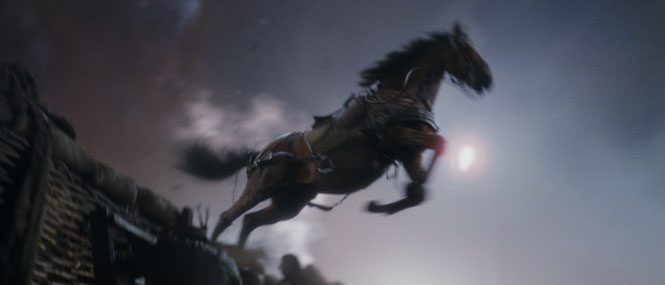
“A horse in a movie is always a special effect”
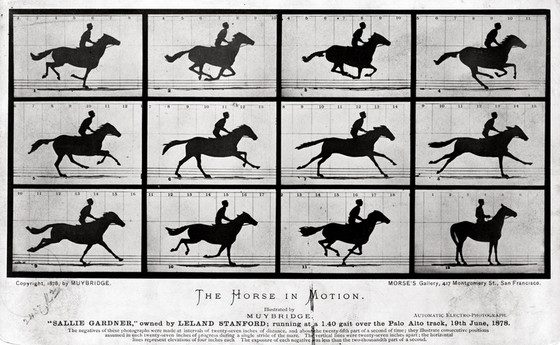
How did the mare Sally Gardner, once galloping “on camera”, make the breakthrough from photography to cinema? Why is Spielberg a humanist and Tarkovsky is not? What do Gandalf have in common with Odin, and horses with dragons? We talked with Anton Dolin about the role the horse plays in the cinema.
moving pictures
In 1878, the American photographer Edward Muybridge, commissioned by the horse breeder Leland Stanford, made a series of card indexes “Horse in Motion” (Horse in Motion). Each card index consists of six to twelve chronological photographs depicting the movement of the horse. The series “Sally Gardner at a gallop” received worldwide fame. The photographs were printed in Scientific American on October 19, 1878.
According to a common version, Stanford argued with his friends that during a gallop there are moments when the horse does not touch the ground with any of the hooves. It became clear in the pictures that all four legs do not touch the ground at the same time, although this happens only when the limbs are “collected” under the body, and not “stretched” back and forth, as depicted in the paintings.
In the world community of animal artists, this conclusion made a great resonance.
The result of Muybridge’s work made it possible to make a big step in understanding the biomechanics of horse movements, and was also important in the development of cinema.
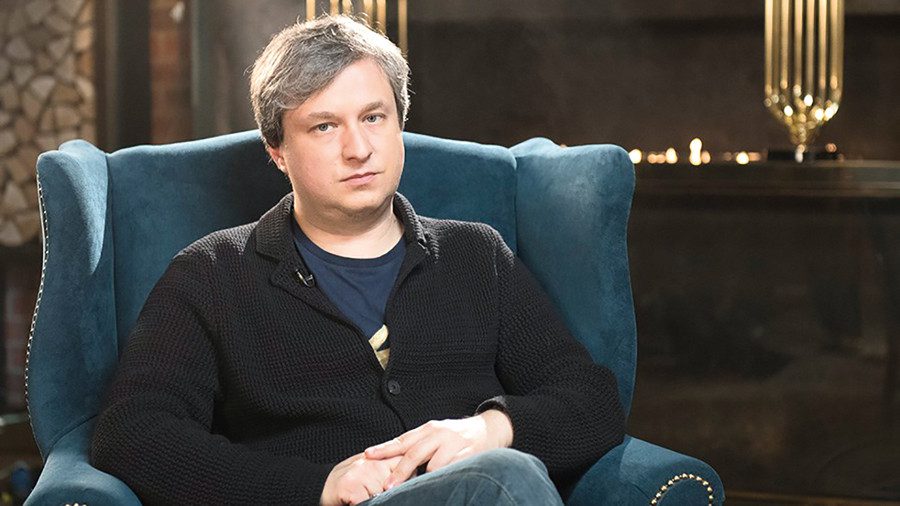
Anton Dolin is a film critic, editor-in-chief of the Art of Cinema magazine, columnist for Meduza, author of books about cinema.
The experiment of Edward Muybridge, who photographed a horse at a gallop, played a huge role in painting and in the study of the biomechanics of horse movements. And what significance did he have in the advent of cinema? Is it possible to call what happened the first in the history of cinema?
I would call it “protokino” or “prakino”. In general, the history of the emergence of cinema can already be counted from rock art, from the Platonic Myth of the Cave, from the tradition of Byzantine icons (lives of the saints – why not a storyboard?). These are attempts to depict movement and volume, an attempt to copy life without reducing it to a schematic representation. It is clear that photography came as close as possible to this, and we can say that when the first daguerreotypes appeared, it was already the moment of the invention of cinema – it was “conceived”, and this “embryo” began to grow. The moment of birth, as we know, is also disputed by various historians. Muybridge’s experience lies exactly halfway between photography and cinema. Where successively taken multiple photographs convey movement, we see the appearance of a film chopped into frames.
To show that same movement, an understandable image was needed. For the cinema, it was the train, a little later the car as the embodiment of technological progress. Of course, a horse coexists with a person much longer, but its task is exactly the same – to speed up the movement. Therefore, it is no coincidence that she also became a symbol of this process.
Circus and Wild West
Westerns with all their visual canons cannot be imagined without the use of horses. Tell us how this genre was born.
The whole mythology of the Wild West was built on horseback riding, chases and persecution. When the west stopped being wild, cowboy riding traditions turned into shows (rodeos, for example, are typical crowd entertainment). The significance of the horse in land development has been lost, but the spectacle of local equestrian traditions has remained, which has also migrated to the cinema. Don’t forget, cinema is the only art form that was born at the fair. Unlike everyone else who has religious roots.
The significance of cinema as a spectacle was well felt by Georges Méliès, a circus performer who became the director and inventor of the first special effects. The idea of attraction is very important for this art.
An interesting thought: the horse is part of the circus, and the circus is the forerunner of cinema. So, the horses organically fit into the movie.
Undoubtedly. Take any circus movie, from Tod Browning’s Freaks or Charlie Chaplin’s Circus to Wim Wenders’ Sky Over Berlin or Tim Burton’s Dumbo, horses will almost always be there. A horse running in a circle is an important part of the circus atmosphere, this man-made miracle. With this phrase, we can describe not only the circus, but also the cinema.
When there are a lot of horses in the frame, and when it is dynamically filmed, does it turn out to be a kind of special effect?
Horses in movies are always a special effect, not only when there are a lot of them. It may not have manifested itself this way at the beginning of the century, in the 1920s and 1930s, but in the post-war period, for the ordinary city dweller, the horse and rider became a special effect. Cinema, after all, is primarily an urban art. Riding and owning melee weapons are non-trivial skills. They are even moving away from the required skills for actors, as they used to be, and becoming exotic.
Probably one of the most striking spectacles associated with horses in the cinema is the big chariot racing scene in the 1959 film Ben Hur …
Yes, this is fantastic! Don’t forget – no one in the XNUMXth century saw a real chariot race live. You can read about it, see it on ancient frescoes and bas-reliefs, but this does not give an idea of uXNUMXbuXNUMXbwhat these competitions looked like. And in “Ben-Hur” the whole show was shown in motion. And again – an unprecedented attraction. In those years, the cinema already, of course, used effects, but until the advent of SGI (Silicon Graphics, Inc – an American company thanks to which computer graphics began to be used in cinema – ed.), seeing something on the screen, the audience believed that this is actually happening. In terms of its impact on a person, it is almost like the same circus.
A bit about humanism
In Ben-Hur, horses are also woven into the dramaturgy. They are no longer just a historical attribute – horses have their own role.
What is the main effect of the horse? Because she is a living being. Moreover, it is emotionally strongly connected with a person. The horse has a character and disposition, it has its own destiny. If a horse dies, we cry. There are perhaps two such creatures next to a person – a dog and a horse. Leo Nikolayevich Tolstoy, one of the main writers who shaped the ethics of the XNUMXth century, made an important gesture, he wrote Kholstomer, where the humanistic focus is shifted from man to animal. That is, the horse is now not only a beautiful device for moving in space, it is also your friend and comrade, partner, an expression of your “I”. In the film “Two Comrades Were Serving”, it is clear that for the hero Vysotsky the horse is a double, an alter ego. Not just a friend, but a tragic person. Therefore, seeing how the horse rushes after the ship, dooming himself to death, he shoots himself. This is, in general, a scene from some gothic novel, where the hero shoots his double, and he himself falls dead.
By the attitude of a person to an animal, one can judge his character …
Of course! When we watch a Western and don’t yet understand who is good and who is bad, there is a clear rule that always works: look at the stray dog in the frame. How will the hero deal with her? If he hits, then he is a villain, if he strokes, he is good.
The horses that have been sacrificed for spectacle have probably suffered from the filming process like no other: primarily from falls and injuries in battle scenes. Apparently, at some point, the public became interested in what remains behind the scenes, began to make claims against the film industry, and the famous phrase appeared in the credits “No animals were harmed during filming.”
Yes, that’s right, this is the natural development of society. Perhaps in 20-30 years the most influential political forces in the world will be those that protect animal rights. Cinema is a reflection of society, like any art. Speaking of cruelty in the frame, Tarkovsky and his film “Andrei Rublev” immediately come to mind.
Where in the episode with the attack of the Horde, the horse is driven onto a wooden staircase, and it falls on its back from a height of 2-3 meters …
Tarkovsky was an artist and a philosopher, but apparently he was not a humanist. Obviously, here he deliberately broke the connection with the humanistic tradition of Russian literature. He is merciless not only to animals, but also to people. But this ruthlessness is not a common feature of cinema as such, it is on his own conscience.
CinemaCentaurs
What does the horseman symbolize?
A man on a horse acquires super strength – he becomes taller, faster and stronger. This, by the way, was well understood by the ancients, otherwise where would the figure of a centaur come from? The centaur is a magical creature with superhuman strength, speed, and wisdom.
The film that gives us a large collection of horseman images is The Lord of the Rings. From the terrible black Nazgul to Gandalf, the white resurrected magician. Horsemen, for example, immediately notice that Gandalf is driving a horse without a saddle and bridle. Is Peter Jackson doing this on purpose? And do ordinary viewers notice such nuances?
Such things are read intuitively. No additional knowledge is needed. And, of course, Jackson does this on purpose – putting on a horse the honored Shakespearean actor Ian McKellen, he thinks through all the details regarding how he will look in the frame. On the screen, we are already seeing the result of very long consultations, discussions, and a lot of preparatory work. Tolkien’s horses are important because The Lord of the Rings is a version of the Scandinavian part of Saxon mythology, transferred to a fairy-tale world where it is impossible without horses. It seems to me that Gandalf’s relationship with the horse goes back to Odin, the chief Scandinavian god, and Sleipnir, his eight-legged magical horse. In pagan mythology, it is important that animals and humans are equal. In contrast to the Christian one, where a person has a soul, but animals seem to not, where in Andrei Rublev Tarkovsky can afford to break a horse’s legs to show the superiority of a person.
War through the eyes of a horse
Let’s talk about War Horse. Probably, for a wide audience this is a passing picture, but not for horse lovers! The main question is: why did Steven Spielberg undertake to shoot it himself? By 2010, he is already a great producer, has shot several cult blockbusters and, it seems, has already said everything he wanted to say in the cinema. And here, he not only takes on a military drama about a horse, but also shoots himself, as a director?
To answer this question, you need to understand Spielberg. He does not play the eternal child, he really is. He does not have the ambition of a “big European author” who wants to express himself through another film, falls in love with a new project very easily, easily takes someone else’s material (“War Horse” is the book by Mark Morpurgo, on which the play was staged). It was the same with his first film. Jaws is an adaptation of the novel by Peter Benchley. Spielberg was already interested in animals, both terrible and beautiful. And traces of this love can be traced in many of his films, up to the good-natured fox terrier Milu in The Adventures of Tintin.
The plot in “War Horse” is wonderful: it is the story of a war through which not a person goes through, as we are used to, starting from Homer’s “Iliad”, but a horse. Here the horse changes people, and not vice versa. And this idea is great! And even outside of the modern neo-humanistic paradigm, where for us the animal turns out to be more interesting than the human being, this is extremely interesting simply as a reversal of the classical plot. And I would not say that this is often done in films – dragging a real live horse through all this shooting and special effects is an extremely difficult task that Spielberg solved. That is, there was also a technical challenge. I’m sure Spielberg took this idea seriously, fell in love with this four-legged character, and made this picture come true.
From the realm of imagination
Recently released a new film by Viggo Mortensen “Fall”. The action takes place against the backdrop of a stable. Is it worth looking for some special meaning here in the horses in this film?
Horses are never in the movies just like that. They are a living link connecting man and nature. Nature is something eternal, and existed before people, and what will remain after. A reminder of our temporality. But a person has a soul, mind, the gift of speech. The horse is in the middle, as is the dog, by the way.
We have already said that a modern person often sees a horse for the first time precisely in the cinema. Perhaps we should also be grateful to cinema for keeping horses in our lives.
The horse is part of our thinking, part of our world, it has been and remains a companion of man for thousands of years. It is clear that its historical role has changed dramatically. But her omnipresence in art is here to stay. If one day filmmakers were banned from making films about the past, I’m sure they would figure out how to incorporate horses into the present or the future. It’s like with dragons. They do not seem to exist, but art constantly brings them back into our lives, makes them part of our world. The actual existence of horses on the planet has almost no effect on the existence of the horse in the mythology of the imagination. And cinema, even the most realistic, belongs to the realm of the imagination.
Source: http://www.goldmustang.ru/




